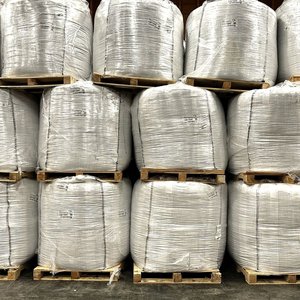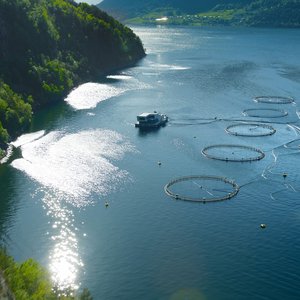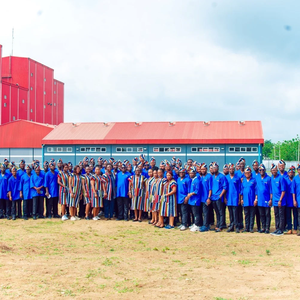FEFAC Reports Compound Feed Production in the EU-27 down 0.4% in 2008
Results for 2008
In 2008, the compound feed production for the EU-271 reached 150.6 million tonnes, i.e. 0.4% below the figure for 2007 (151.2 million tonnes). Approximately 1.5 million tonnes representing the estimated production of Luxembourg, Malta and Greece have to be added to obtain a complete picture of the compound feed production in the EU-27.
Four important factors influenced the evolution of the feed demand in 2008:
The decrease in market quotations for cereals as from the second half 2008, with the consequence that farmers have been less encouraged to put their cereals on the market rather than using them on the farm;
The dramatic fall of milk prices triggering a reduction of the demand for efficient cattle feed, i.e. compound feed;
The beginning of the downward slope of the pig production cycle, boosted by the financial difficulties of pig farmers due to the inability to pass on to pork consumers the higher feeding costs in 2007 and beginning of 2008;
The financial crisis, which encouraged consumers to move to less expensive animal proteins.
As a consequence, the demand for pigfeed and cattle feed decreased by respectively 1.4 and 2%, while the poultry feed demand increased by 2%.
As far as countries are concerned, the decrease in pig feed production started affecting mostly Mediterranean countries and Denmark, while Benelux and Germany still recorded a positive development in 2008. The evolution of the poultry feed demand was more evenly balanced across Europe, although the leading country, France, experienced a reduction in the demand, unlike most other countries. All in all, among the most important countries in terms of compound feed production, Spain recorded a significant downturn of -9% mostly due to the lower demand for cattle feed, while The Netherlands and to a lesser extend Germany registered significant growth (respectively +6 and +2.5%).
1 Greece, Malta and Luxembourg excluded
Outlook for 2009
The factors influencing the demand for feed in 2009 are likely to be similar to the market trends which started affecting the demand in the second half of 2008:
Lower demand for meat as a whole and shift to poultry consumption;
Still low producer prices for milk and therefore lower demand for high quality feed;
Pursuit of the downward slope of the pig production cycle.
As a consequence, the FEFAC experts foresee for 2009 a total reduction of activity of approximately 4% or 6 million tonnes, with the dairy feed production at -10%, the pig feed production at -5% and the poultry feed production remaining stable.
Read: STAT 2008






